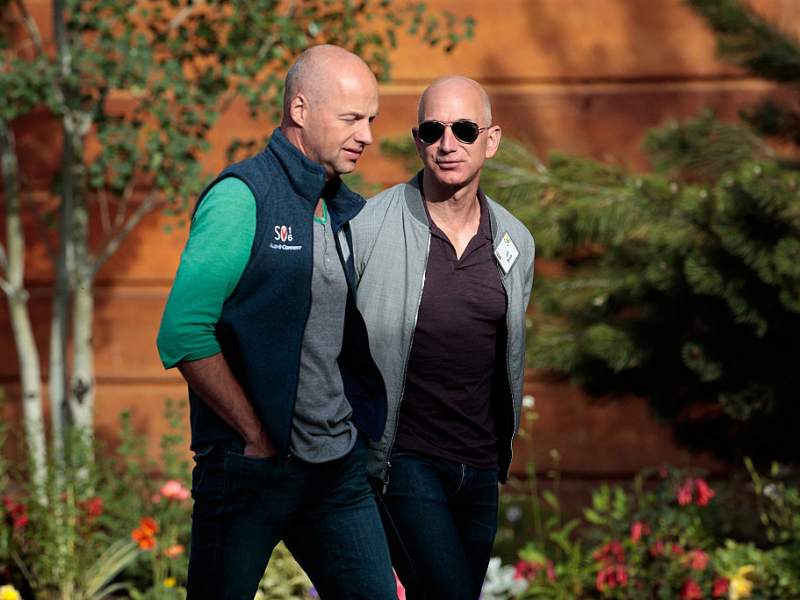- Company CEOs say collaboration among teams helps them make better decisions.
- The former CEO of the retail giant, Target, called leadership a “coaching staff” for employees, rather than a group of decision makers.
- Anders Dahlvig, former CEO of Ikea, said when he was in charge, he would not promote high performers that couldn’t work with teams well enough.
- Visit Business Insider’s homepage for more stories.
No businessperson is an island unto herself.
Leaders separate their business into teams or divisions to conquer tasks more efficiently. But the key to success for many leaders is how well their teams can collaborate.
Some leaders prefer to collaborate with a small circle of team leaders. Others, like former Target CEO Gregg Steinhafel, ensure company-wide collaboration by providing an online internal social media for employees.
Here are Steinhafel, Anders Dahlvig, and others on how they collaborate with teams in their respective businesses.
Target's former CEO likened leadership to a "coaching staff" that fostered a collaborative environment

"At Target, nothing happens without a large, collaborative effort," former CEO Gregg Steinhafel told Fast Company in 2012.
The former CEO of the retail giant called leadership a "coaching staff" for employees, rather than a group of decision makers. When Steinhafel was at the helm, he held face-to-face Target Halls to collaborate with other employees openly.
Employees also had the ability to communicate with others across the country using online social media platforms, where workers could comment and like posts. Target also had a Wiki handbook with an interactive Q&A feature.
Anders Dahlvig, former CEO of IKEA, recommended creating a culture where teams can cross-collaborate early on.

Dahlvig, who ran the Swedish retail giant from 1999 to 2009, said businesses develop teams early on divided by sales, product, marketing, and so on. While team building helps keep companies running, Dahlvig said members can sometimes get stuck in their own "box" that makes cross-collaboration difficult.
Dahlvig took collaboration so seriously as CEO, that he would not promote high performers that couldn't work with teams well enough.
"I see that all the time: People who are good at optimizing themselves but cannot work with others," Dahlvig told Inc's Margaret Heffernan. "It's really tough to say, 'You have to go.' But if you don't get rid of these people, you will never overcome your demons."
Jocko Willink, former Navy SEAL commander turned best-selling author, said working across teams in war and in business requires the same tactics.

As a Navy SEAL, Willink didn't head into meetings with the Army and the Marines acting like he knew the perfect game plan.
Instead, he said, the Navy SEALs, Army, and Marines each detailed their unique capabilities, and from there worked together to devise a plan that best suited each team's skills and accomplished their missions effectively.
Collaborating across three elite teams required a great deal of humility. According to Willink, all three units had highly ambitious leaders, but no one sought after glory for themselves. Willink brought what he learned in these interactions to his business, where he said the best way to deal with difficult clients is to put your pride aside.
"How do you build relationships? You offer up and you subordinate your ego," Willink told Business Insider's Richard Feloni.
Jeff Bezos treats his top executives — called the S-Team — with "familial affection."

The elite S-Team is a select group of Amazon executives - separate from the board of directors - that help Bezos run the business. The Atlantic's Franklin Foer reported that Bezos treats his S-Team with "familial affection," and that the group knows him so well it can almost read his mind.
Bezos and the S-Team regularly debate company business and management decisions. The CEO encourages executives to "poke holes" in data to find areas the company can improve.
"At most companies, executives like to show how much they know," James Thomson, a manager who helped build Amazon Marketplace, told The Atlantic. "At Amazon, the focus is on asking the right question."











